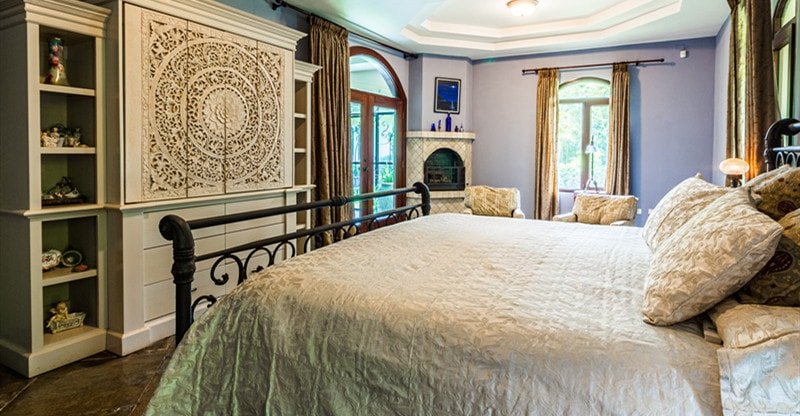Compact bathrooms often present substantial obstacles for homeowners in Seattle, particularly during renovations. It’s essential to optimize every inch of available space and boost storage capacity to prevent the area from feeling overcrowded. A lack of proper storage not only reduces functionality but can also heighten daily stress levels, turning a routine space into a source of frustration.
When tackling bathroom renovations in Seattle, property owners face several key factors to consider. By establishing a clear budget and identifying core priorities, individuals may discover that innovative space-saving strategies can transform a modest bathroom into an efficient and impactful retreat. Experts note that in urban areas like Seattle, where housing footprints are often limited, such approaches are increasingly vital for enhancing livability.
Tailor Your Storage Units
Opting for standard cabinetry might save costs upfront, but it often restricts choices in dimensions and configurations. Customized vanities or cabinets, on the other hand, deliver tailored storage solutions that integrate seamlessly into your layout, minimizing wasted space in your bathroom. A skilled Seattle remodeling specialist can guide you in selecting designs that maximize utility without expanding the room’s footprint, drawing on local trends where custom fittings have helped homeowners reclaim valuable inches.
Integrate Recessed Storage Options
Overcrowded surfaces detract from the appeal of any bathroom, regardless of its size. Recessed medicine cabinets provide added depth and breadth, enabling you to store essentials discreetly yet accessibly. According to design professionals, this method not only declutters countertops but also contributes to a more streamlined aesthetic, with studies showing that organized spaces can improve overall well-being in daily routines.
Incorporate Wall-Mounted Hooks
Strategically placing hooks near the shower, on the back of the door, or along unused wall areas offers versatile hanging solutions beyond just towels. These can accommodate bathrobes, spare toiletries, or even stylish organizers, effectively utilizing vertical surfaces instead of valuable counter space. In Seattle’s compact homes, where wall real estate is at a premium, this simple addition can significantly enhance organization and flow.
Emphasize Upward Expansion
In confined spaces like a typical Seattle bathroom, focusing on vertical dimensions is a smart strategy for creating more breathing room. By extending storage upward along the walls, you can free up floor area and improve mobility. When traditional cabinets or vanities protrude too far, they limit movement; however, innovative upward solutions, such as shelves above the sink or toilet, keep items accessible while visually elongating the room. Interior design data indicates that vertical storage can make small areas feel up to 20% more spacious through optical illusions.
Opt for Wall-Hung Shelving
Wall-hung shelving stands out as an elegant way to elevate a small bathroom’s functionality. These units provide extra surfaces for displaying personal care items, decorative accents, and neatly folded linens, all while maintaining an open feel. Popular in modern Seattle renovations, floating shelves not only save floor space but also add a contemporary touch, with many homeowners reporting increased satisfaction from their tidy and personalized setups.
Explore Creative Alternatives
Revamping a petite bathroom to gain more storage and usability demands imaginative thinking. A reliable contractor can assist in identifying overlooked opportunities, such as installing pull-out organizers in deep cabinets, extending countertops over the toilet for additional workspace, or removing a bathtub to open up the area. These resourceful tactics, informed by evolving trends in urban design, can convert a tight and unwelcoming space into a practical and serene sanctuary within your home.
A modest bathroom doesn’t have to remain a drawback. Although some opt to expand outward for extra square footage, this isn’t always feasible in Seattle’s dense neighborhoods. By applying these practical strategies, you can effectively enhance the existing space, making it more adaptable and enjoyable for everyday use.




